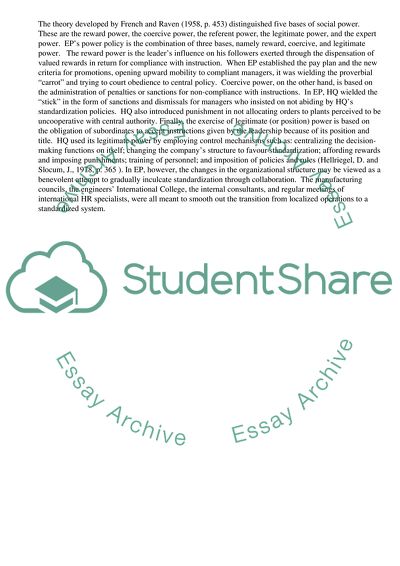Cite this document
(“Engineering Products Essay Example | Topics and Well Written Essays - 1500 words”, n.d.)
Engineering Products Essay Example | Topics and Well Written Essays - 1500 words. Retrieved from https://studentshare.org/management/1550131-case-study-organisation-and-management
Engineering Products Essay Example | Topics and Well Written Essays - 1500 words. Retrieved from https://studentshare.org/management/1550131-case-study-organisation-and-management
(Engineering Products Essay Example | Topics and Well Written Essays - 1500 Words)
Engineering Products Essay Example | Topics and Well Written Essays - 1500 Words. https://studentshare.org/management/1550131-case-study-organisation-and-management.
Engineering Products Essay Example | Topics and Well Written Essays - 1500 Words. https://studentshare.org/management/1550131-case-study-organisation-and-management.
“Engineering Products Essay Example | Topics and Well Written Essays - 1500 Words”, n.d. https://studentshare.org/management/1550131-case-study-organisation-and-management.


